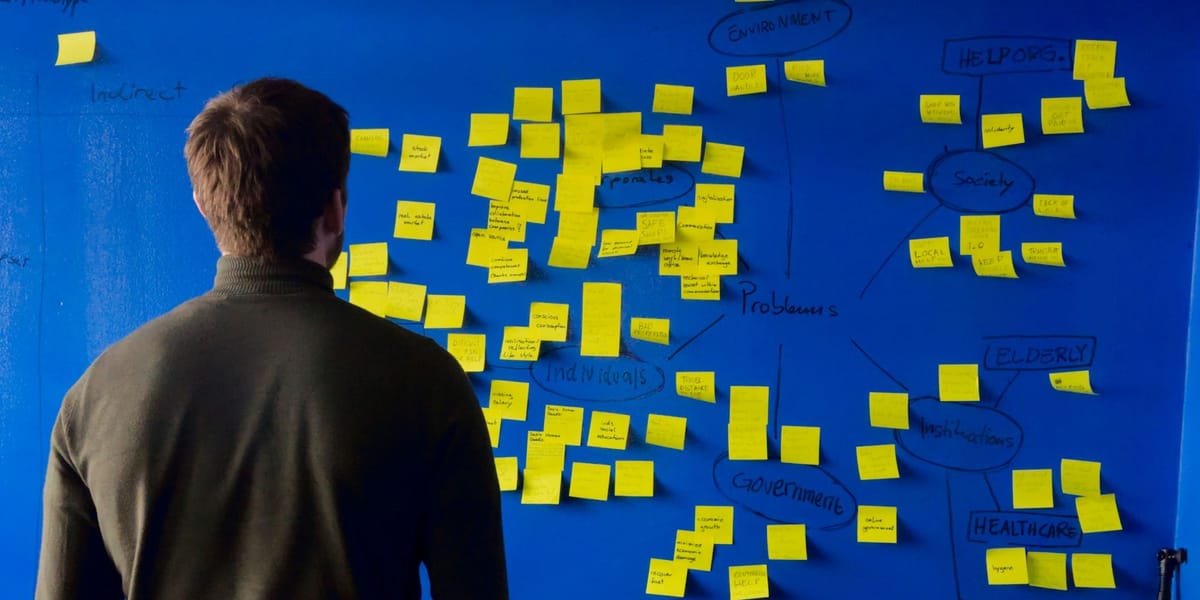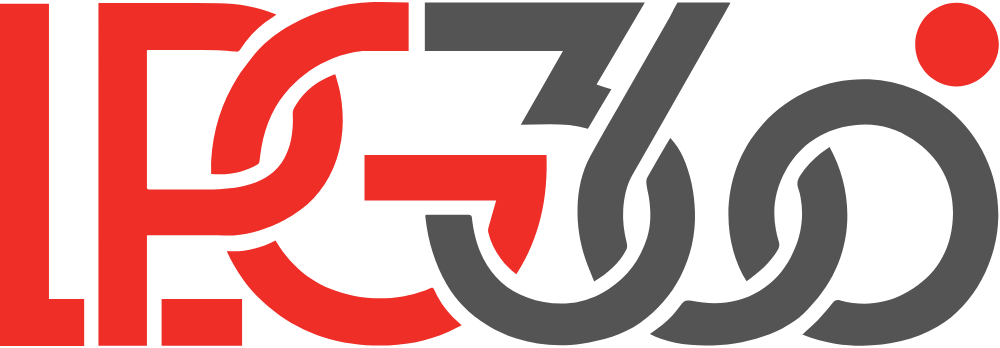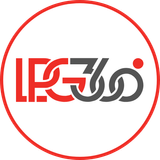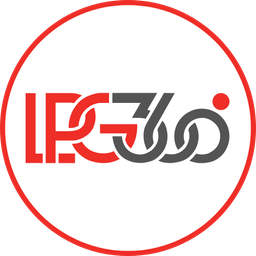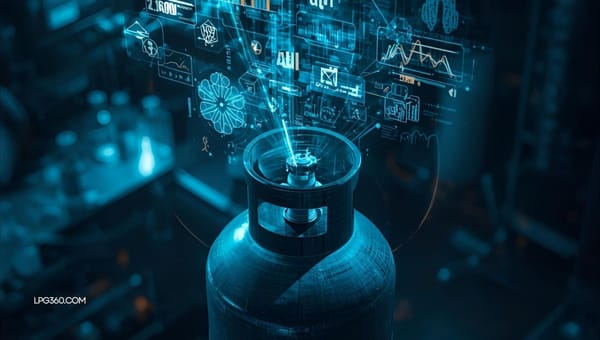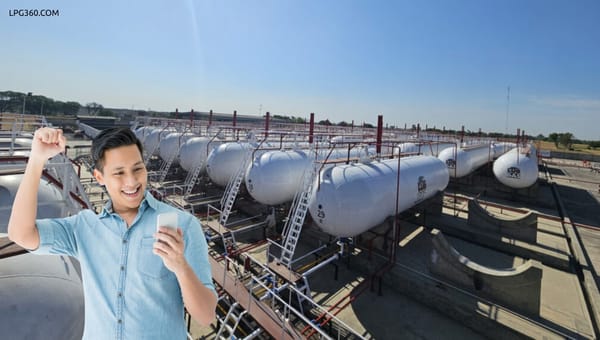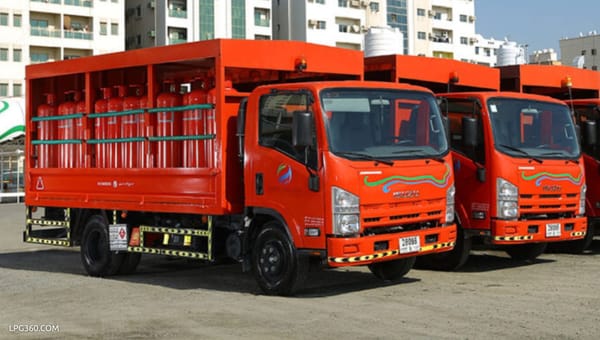Future of LPG Distribution: Trends and Innovations
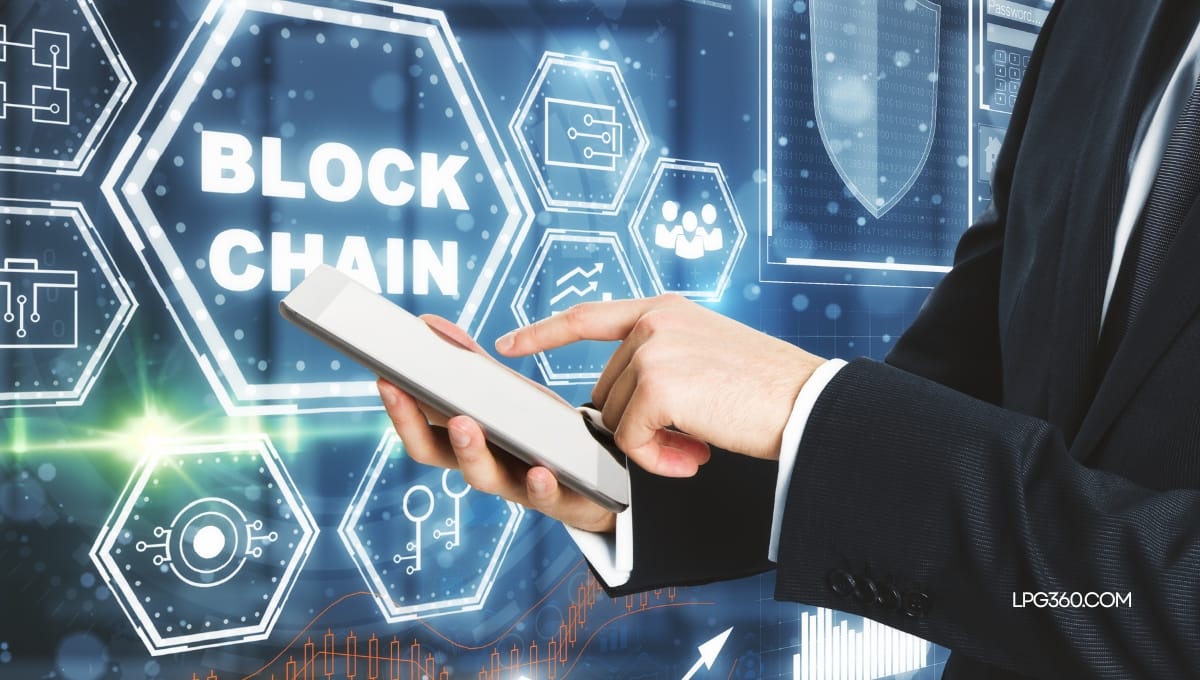
LPG distribution is undergoing a major transformation, driven by advancements in technology, changing consumer demands, and the global push for sustainable energy solutions. As energy needs evolve and digitalization accelerates, LPG suppliers are adapting rapidly to stay competitive and meet environmental standards. This shift is not just about modernization—it’s about creating a smarter, safer, and more efficient energy ecosystem for the future. As we look ahead, several trends and innovations are set to shape the future of LPG distribution.
1. Smart Metering and Real-Time Monitoring
One of the most significant innovations in LPG distribution is the rise of smart meters. These devices allow for real-time monitoring of LPG usage, enabling consumers to track their consumption and avoid running out of gas unexpectedly. Smart meters also facilitate more accurate billing, reducing the likelihood of errors and improving customer satisfaction.
2. Automated Delivery Systems
The demand for faster and more efficient LPG deliveries is leading to the implementation of automated systems. GPS tracking, route optimization software, and automated scheduling ensure that gas is delivered more efficiently, reducing delays and improving service reliability. Drones are also being explored for small-scale deliveries, particularly in remote areas.
3. Mobile Applications for Consumer Engagement
With the proliferation of smartphones, mobile applications are becoming an essential tool for LPG distributors. Customers can now order gas, track deliveries, and even request maintenance services through user-friendly apps. These apps improve customer experience by offering convenience, instant access to support, and easier management of gas consumption.
4. Sustainability and Eco-Friendly Alternatives
Sustainability is becoming a key focus within the LPG industry. As part of global efforts to reduce carbon emissions, there’s a growing emphasis on bio-LPG, which is produced from renewable organic sources like waste. Bio-LPG can be used in the same way as conventional LPG but has a much lower carbon footprint, making it an attractive alternative for environmentally conscious consumers.
5. Digital Payment and E-commerce Integration
With the growing trend of digital payments, many LPG distributors are integrating e-commerce platforms to offer customers an easy way to pay for their gas supplies. Digital payment options reduce the reliance on cash and offer more secure and efficient transaction methods. This trend is likely to continue as online payment adoption increases globally.
6. Blockchain for Transparency
Blockchain technology, which is already disrupting industries like finance, is being explored for use in LPG distribution. By integrating blockchain into the supply chain, LPG distributors can enhance transparency, ensure the authenticity of their products, and reduce fraud. Blockchain can also provide real-time tracking of LPG deliveries, further improving efficiency.
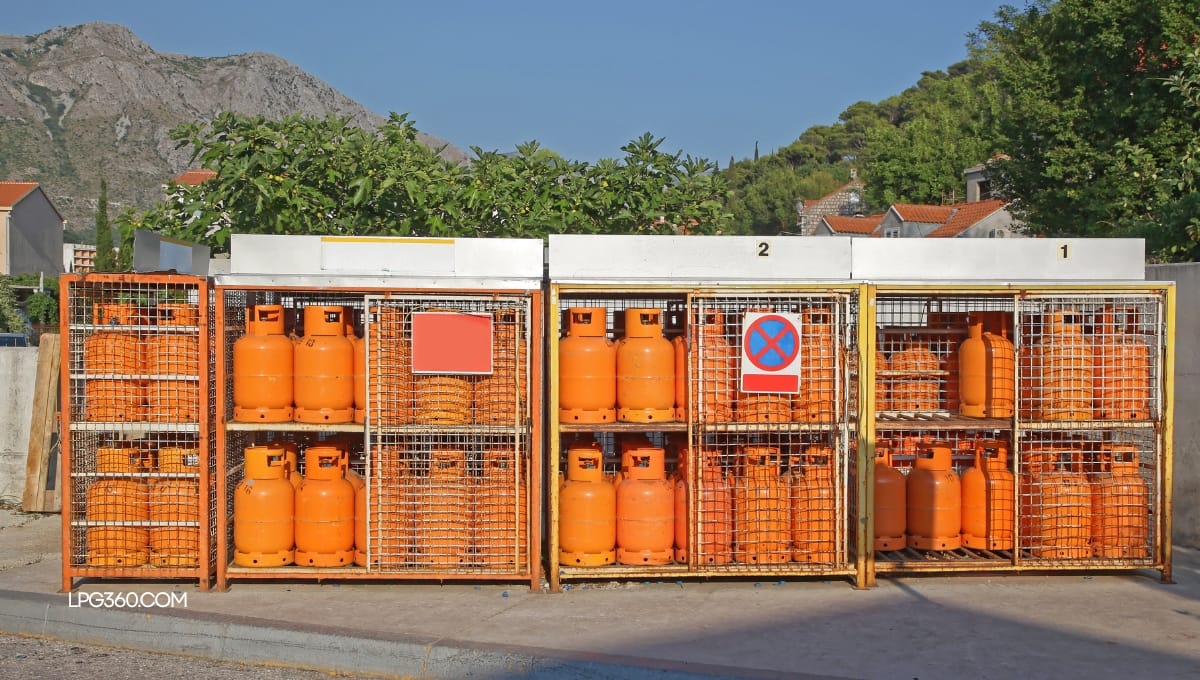
Conclusion
The future of LPG distribution is set to be shaped by technological innovations aimed at improving customer experience, enhancing efficiency, and promoting sustainability. Smart meters, automated delivery systems, and eco-friendly alternatives like bio-LPG will drive the industry forward, creating a more sustainable and customer-centric energy landscape.
Stay ahead of the curve by exploring innovative LPG solutions. Embrace technology to enhance your gas supply experience today.
#LPG #LPG360 #LPGInnovation #SmartMetering #EcoFriendlyEnergy #LPGTrends #LPGDelivery #TechInEnergy #Sustainability #BioLPG #AutomatedSystems #LPGFuture #RenewableEnergy #GasMonitoring #BlockchainTechnology #EnergyInnovation #LPGServices #GasDeliveryApp #Ecommerce #SustainableSolutions #GasIndustry #FutureOfLPG #EnergyTech
